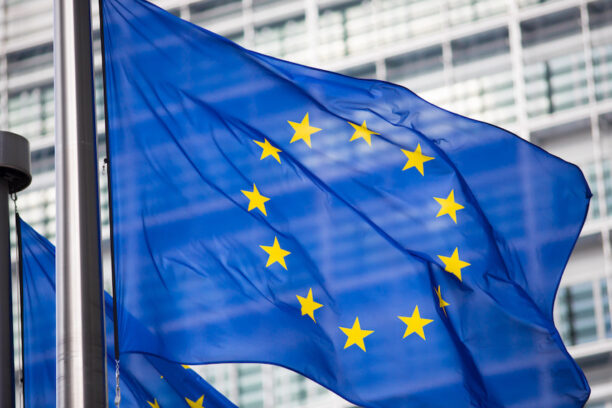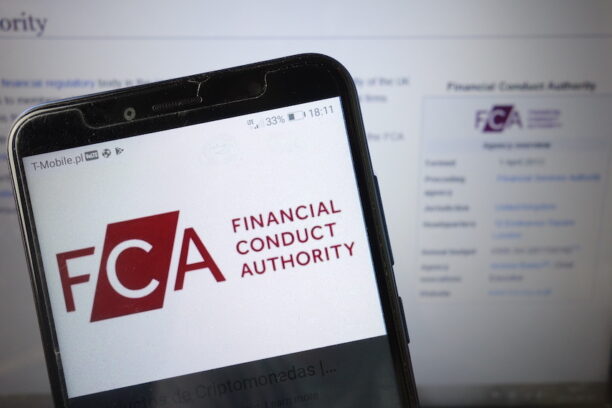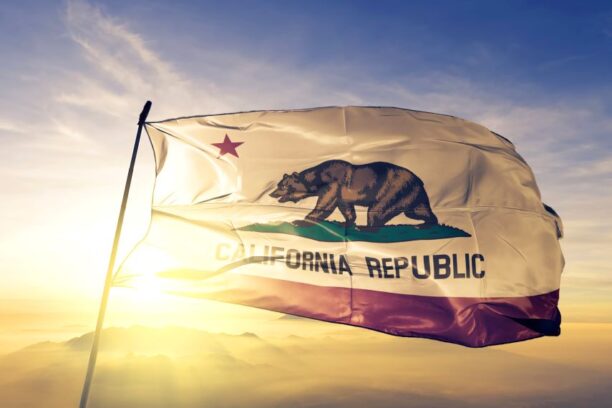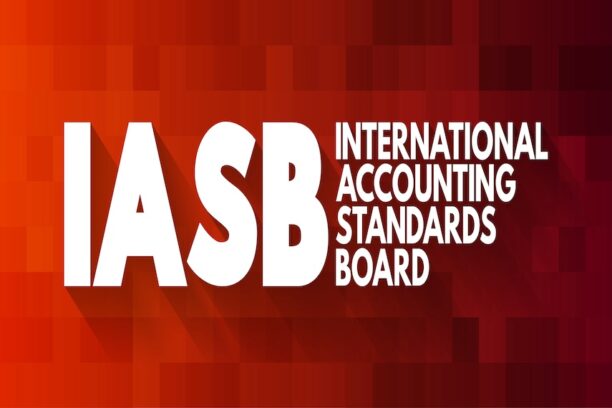Ed. note: Today’s guest blog is from Oli Cock, Commercial Director for Oritain – a world leader in using forensic science to trace the origin of products. Oritain works with companies across the fashion, food and pharmaceutical industries to provide scientific certainty on where a product comes from, scientifically authenticating the specific origin of products and raw material.
The more we know about our supply chains, we realize there is more to learn. The gap between assumed and actual knowledge has become so apparent in recent years that now nothing can be left to chance. But this is a good thing – it is driving an age of knowledge within supply chains. One that brings with it reform, accountability, and greater responsibility.
At the heart of this transformation lies transparency and traceability. Supply chain stakeholders and consumers want to know where their products and raw materials have come from, to see that brands are putting in the work to understand their supply chain and then making this knowledge public. Whilst transparency plays a big part in this, companies now need to do more.
US Uyghur Forced Labor Prevention Act
New legislation such as the Uyghur Forced Labor Prevention Act (UFLPA) increases pressure on companies to prove that their supply chains are robust. Specifically the UFLPA is designed to prohibit the importation into the US of goods, wares, articles, or merchandise produced either wholly or in part in China’s Xinjiang Uyghur Autonomous Region (XUAR). It came into force on the 21st June 2022, and works on the rebuttable presumption that any good that has passed through the XUAR has been manufactured with forced labour and will therefore be banned from importation even if the finished goods are not themselves from Xinjiang and China.
US Customs and Border Protection (CBP) released prescriptive guidance on demonstrable supply chain due diligence measures under UFLPA. Without such measures in place and documents to back it up, companies will not be able to overturn the presumption.
Whilst there may be a debate about what constitutes clear and compelling evidence, what is not up for debate is the fact that companies have to ensure they understand their total supply chains and can demonstrate that they have sufficient controls in place. The point of the UFLPA is to avoid importing goods that are tainted with forced labour in the first place, avoiding detentions and seizure. Therefore, the focus for companies should be on how to avoid detentions in the first place, not how to overcome the rebuttable presumption. As ever, prevention is better than cure. This might be a subtle difference but it’s an important one.
Scientific Data of Origin
Traditional traceability alone will no longer suffice. Paper chains of custody and certifications are too easily counterfeited themselves. In a 2022 market insight report, we analysed 1,000 samples collected in high-street fashion shops and online in six regions: USA, Canada, UK, EEA, Australia and New Zealand. The report aimed to answer a simple question: do apparel products contain cotton from high-risk areas of forced labour?
Out of 1,000 samples tested, 16% had an origin consistent with Xinjiang. Of this 16%, 13% alleged to have come from Vietnam and 9% from Bangladesh. This highlights the problem with traditional (and some new) traceability methods. Chain of custody reports—whether paper-based or a record of transactions stored on a Blockchain—simply record the passage of the underlying product. Brands looking to source from areas such as Vietnam and Bangladesh may still be inadvertently benefiting from cotton grown using forced labour in Xinjiang, helping to support illegal industry in the process.
Apparel Insider found that in the first 6 months of 2022, China supplied 53% of Vietnam’s raw materials and accessories for the textile, leather and footwear industry. Brands sourcing from countries other than China may still be at risk. Out of the forty brands we analysed, thirty-eight had at least one item containing Xinjiang cotton. This points to the need for more robust traceability methods.
How does a responsible company know if it has measures that are effective? By testing the actual product(s) in your supply chain using forensic science. It works by analyzing natural chemical properties found in all things. Whether grown, reared, or made, products and raw materials absorb a unique ratio of elements from their local environment. Scientific traceability techniques use this data to compare products and raw materials to identify the authentic origin. The science is so accurate that it can even detect the difference between two neighbouring fields.
Implementing Solutions
Unfortunately, there is no silver bullet. It is up to each brand and company to find solutions that work best for them. With the enactment of the United States’ UFLPA, finding a solution is quickly becoming paramount. The enforcement of the UFLPA comes under the auspices of CBP and is underpinned by collecting data and information on supply chains. They too are working through supply chain opacity to discriminate between allowable imports and those that are banned.
Whilst some may see supply chain due diligence and traceability as an additional hurdle to jump over, market leaders see this as a positive development, Supply chains free from forced labour is a worthy goal, and greater visibility and traceability allow brands to accurately monitor their supply chain, maintain high product standards, and help support sustainable practices/claims. All of these can then be passed on to the consumer through marketing that dispels greenwashing accusations and lets your customers know that you are a brand of action, not words.
Numerous pieces of legislation similar to UFLPA are being debated across Europe aimed at placing greater responsibility on business to ensure ethical and sustainable practices throughout their supply chains. In all likelihood, UFLPA is just the vanguard. One thing is certain: greater transparency and traceability will be not be optional. Tools and technologies are increasingly making it feasible and practical to do more. If you are not prepared to take this on, you will get left behind.










